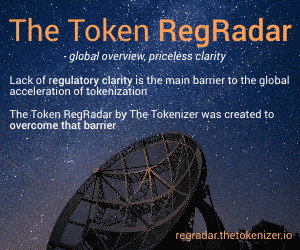The uncertain regulatory status of NFTs – Updated
Seen from a legal perspective, when is a non-fungible token just a harmless representation of an asset, and when is it about to become something else that might catch the attention of regulatory authorities and put demands and restrictions on the parties involved in the NFT?
This is a question that more token issuers in the NFT space should pay attention to – even though it’s currently not easy to find a straightforward answer. This is all about NFT and securities legislation, and we will cover that in the first part of this report.
The second part takes a closer look both from an issuer and an investor perspective at NFTs and delinquency in terms of fraudulent activities, money laundering (AML/KYC), and taxation issues.
Covering various perspectives on the regulation of NFTs while taking commonly used methods such as the Howey Test into consideration as well as diving into how MiFID II can be applied to NFTs.
These are all topics that need to be taken into consideration when looking at the regulation of NFTs.
The importance of regulatory compliance and regulatory clarity in relation to NFT issuance and management is key to the development of NFTs, as the report suggests while highlighting potential leads to follow in terms of regulating NFTs and how to manage the risk associated with the illicit activities that haunt the space.
Read the report here:
Photo by Jakub Kriz on Unsplash
Read other stories: Ondo Finance Announces New Token Providing Exposure to US Money Market Funds
Hacken Grants Tokenization Protocol ERC3643 a 10/10 Security Audit Score
If you know, you know.. If you know, you know.. If you know, you know.. If you know, you know.. If you know, you know.. If you know, you know.. If you know, you know..
You Might also Like















